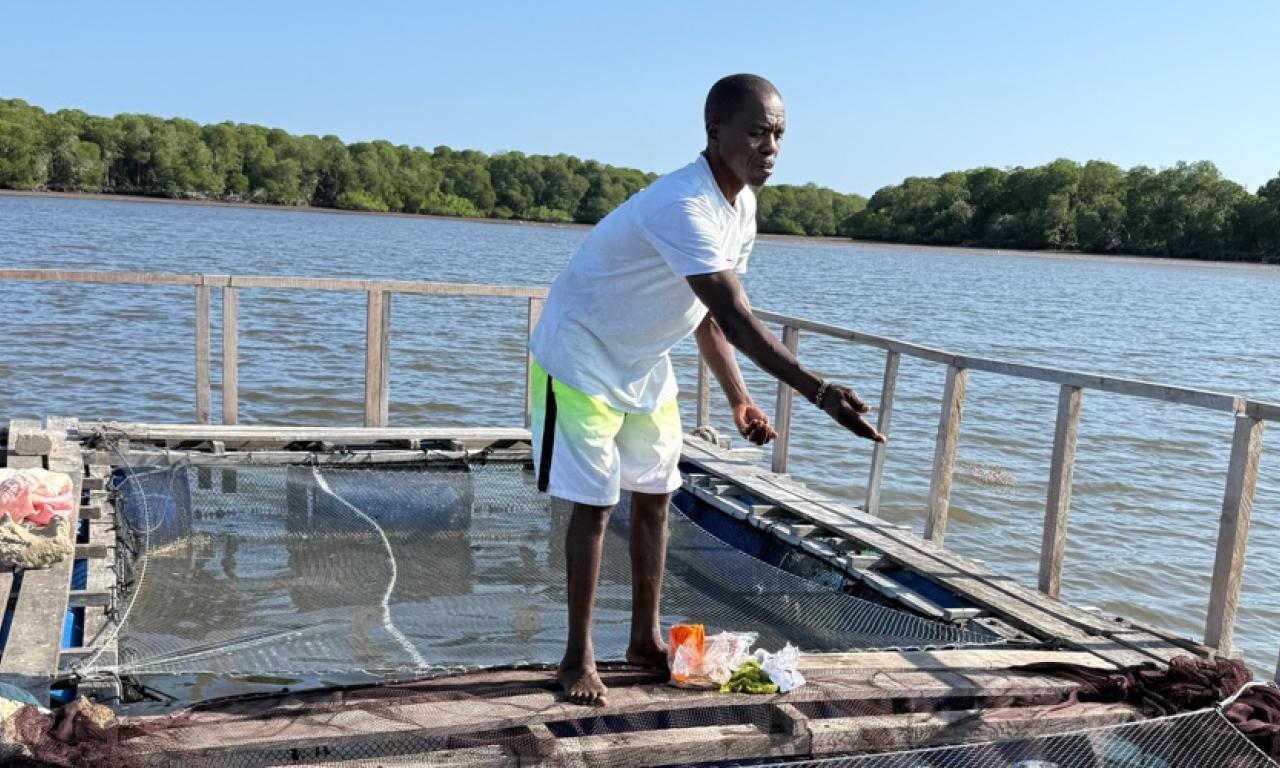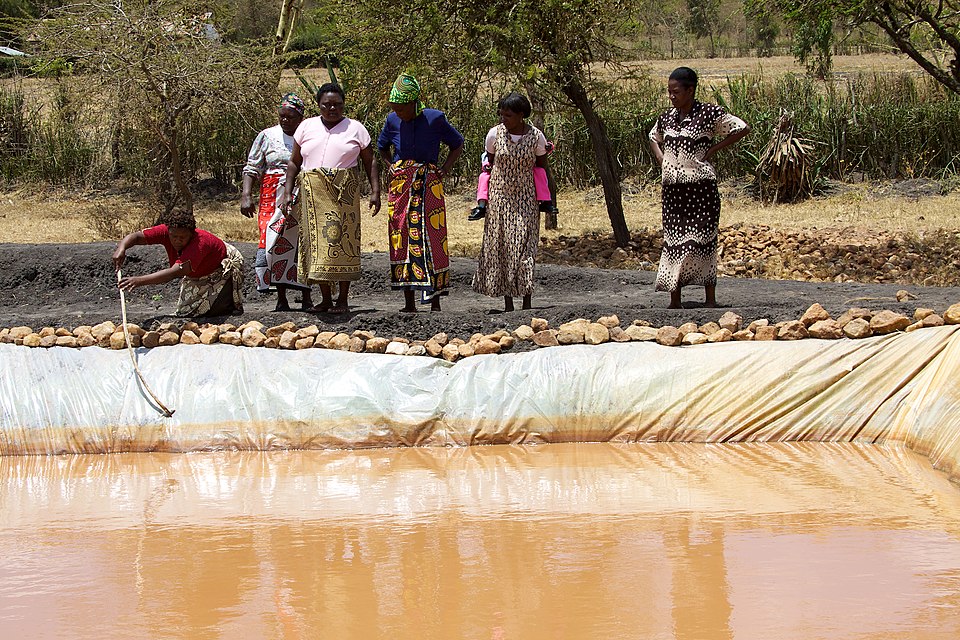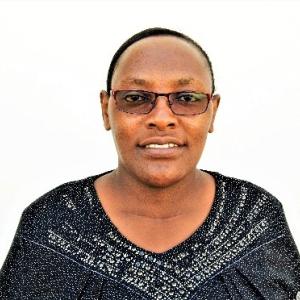
Aquaculture in Kenya is growing fast but one thing is holding the sector back. Feed. Across the country, fish farming is creating income, food, and opportunity for rural households, yet behind this progress is limited by the cost of feeding fish.
Fish feed now makes up more than half of total production costs, contributing to over 60 percent of the total. The price of one kilo of commercial feed averages about USD 1.24, which makes aquaculture an expensive business for small-scale farmers and young entrepreneurs entering the industry. In our recent study published in Reviews in Aquaculture, conducted with support from the Asia–Africa BlueTech Superhighway (AABS) project, we examined the structural and policy factors behind this challenge and how the country can move toward affordable, locally produced feeds that support sustainable growth.
The True Cost of Feed
Our findings show that while Kenya’s aquaculture sector has expanded rapidly, the feed industry remains its weakest link. Most of the high-quality ingredients needed for nutritionally balanced feeds are imported, which exposes farmers to volatile prices and irregular supply. When global markets shift, local producers feel it immediately. For many farmers, the price of one kilo of feed has already reached around a dollar, a price that is unsustainable for those managing only a few ponds.
Feed costs ripple through the entire value chain. When farmers can’t afford to feed their fish properly, production slows, profits fall, and new businesses are discouraged. This has broader consequences for food security, employment, and livelihoods, especially for youth and women who depend on aquaculture for income.
Our research found that the problem goes beyond price. Limited access to finance, fragmented policies, and inconsistent quality controls all compound the issue. In practice this means:
- Many small mills and on-farm producers lack the machinery and technical knowledge to mix feeds that meet nutritional requirements.
- Farmers often rely on local by-products like rice bran, or maize bran, that are low in protein and high in fibre, which can affect fish growth and survival.
Farmers we spoke to during the study described how these trade-offs play out at the pond level:
“When pellets become too expensive, I just go back to maize bran from the posho mill (a small local maize grinder). I know it doesn’t really build the fish, but if I don’t put something in the pond they will just die. So I just use what my pocket allows.”
Pond Farmer, Kilifi County
“Most days I feed rice bran because that is what is available here. The fish eat it, but they grow very slowly and some even disappear when the weather changes. I can see the difference when I manage to buy real pellets, but I cannot afford them all the time.”
Smallholder Farmer, Kilifi County

Practical Solutions Are in Reach
The good news is that there are practical solutions within reach. Farmers and cooperatives can be supported to produce their own feeds using locally available ingredients. With the right training and equipment, they can learn to formulate balanced diets that meet the nutritional needs of different fish species. This can help reduce costs while creating new opportunities for small enterprises and local manufacturing.
Research into insect-based proteins, such as black soldier fly larvae, and other alternative ingredients shows strong potential to replace costly imports and make feeds both cheaper and more sustainable. Strengthening these innovations through investment and partnerships with private companies can help Kenya transition toward more circular, locally anchored aquaculture systems.
Reducing taxes on key feed ingredients, improving access to credit, and investing in training programs can all make a difference. Policies that encourage collaboration between researchers, industry, and farmers will help align local production with actual demand.
Feed Is the Turning Point
If Kenya can overcome the feed bottleneck, aquaculture could become one of the most dynamic sectors in its burgeoning blue economy. It has the potential to provide affordable nutrition, meaningful jobs, and climate-smart livelihoods across the country. But this will only happen if farmers can access reliable, high-quality, and affordable feed.
Cover photo: Esther Magondu/WorldFish.

